Often confused with a juvenile Zenaida Dove, the Common Ground Dove is the smallest dove found in Anguilla. Locally known as a “Ground Dow,” this bird is just six inches.
Key features are described by Birds of the World as follows:
“In all plumages, a key feature is the scaling on underparts, extending from throat to lower breast, with finer scaling on the crown and nape; this scaling is sometimes faint on immatures and is not noticeable at a distance. Bill distinctly bicolored, with a dark tip and a bright orange-red-pink base. Bright-chestnut primaries and wing-lining visible in flight.”
As you can see from the Birds of the World map above, the species has a wide range from lower North America to the northern part of South America. It is considered a species of “Least Concern.”
The Common Ground Dove comes by its name naturally, as it is found foraging on the ground.
The diet consists of the following:
“Mostly small weed and grass seeds, waste grains, small berries, insects, snail shells. Readily feeds at feeders.”
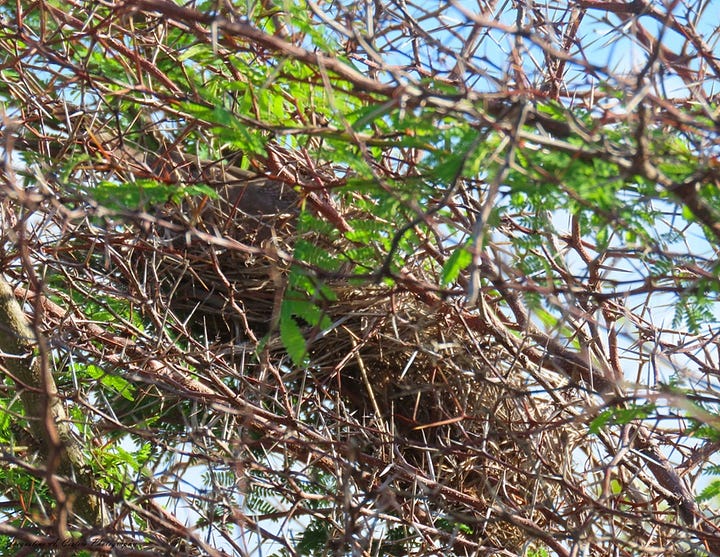
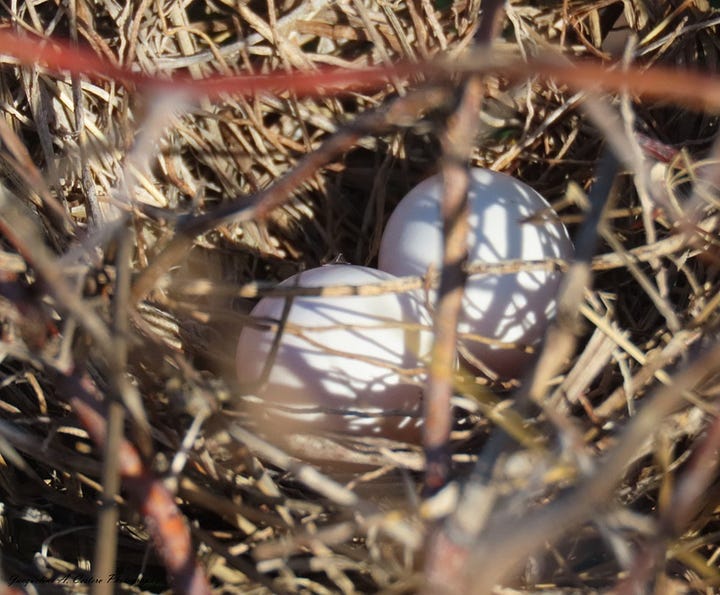
You may recall that we came across a Common Ground Dove nest during the most recent Global Big Day.
Relationships and breeding are described as follows:
“In many respects, the Common Ground-Dove is distinct from its congeners. It forms permanent pair bonds and has few other intraspecific social interactions. It has less of a tendency to form flocks and appears to have a relatively limited repertoire of social behaviors, especially of communications among individuals within a group. Where sedentary, it appears to hold permanent territories, but overt acts of aggression among territorial birds are relatively rare.
In other respects, the Common Ground-Dove is a typical columbid. It builds flimsy nests and lays 2 eggs. It breeds nearly year-round, but breeding appears to peak in response to resource availability. It feeds predominantly on tiny seeds of grasses and weeds, and adults feed nestlings a mixture of seeds and crop milk. Nestlings have rapid growth rates and can fly as early as 11 days posthatching. Because adults can renest rapidly, they have the potential to produce several broods per year.”
These adorable birds are found across the island either alone or in small groups.
They are an adorable addition to Anguilla’s resident species.






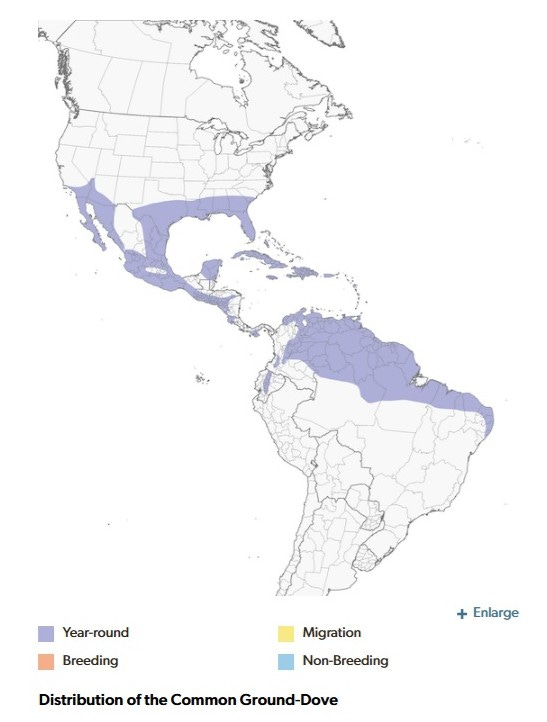

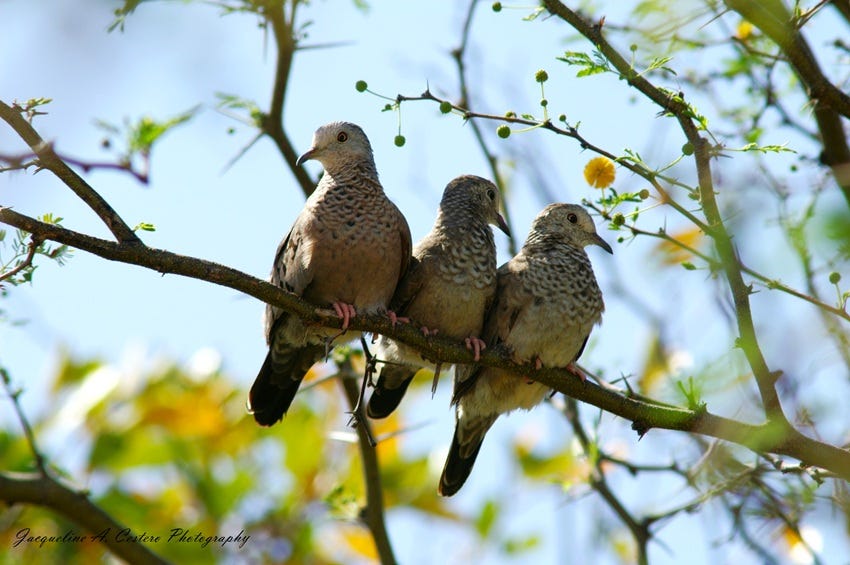
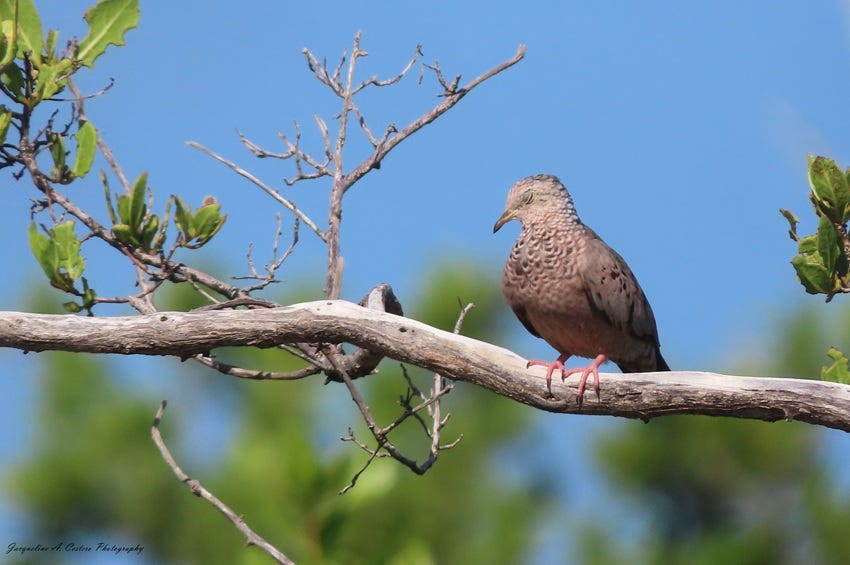
Beautiful cooing in the early evenings... Thank you for this article, Jackie!